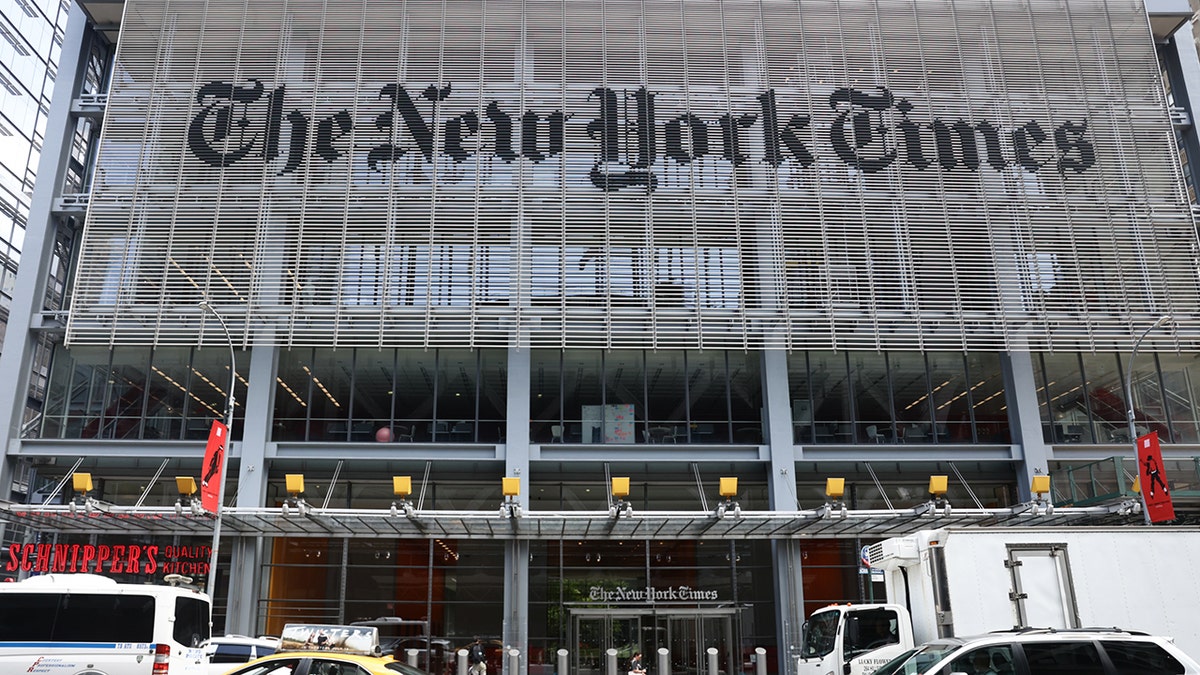
Is Fashion Shedding Its ‘Woke’ Skin? Industry Hints at a Shift Away from Progressive Ideals
President Donald Trump’s recent declaration that America will be "woke no longer," coupled with his criticism of Diversity, Equity, and Inclusion (DEI) initiatives, has ignited a renewed debate about the role of "wokeness" in American culture. While Trump’s comments were delivered in a political context, a potential parallel shift may be occurring in an unexpected arena: the fashion industry.
For the past decade, fashion has increasingly embraced progressive values, championing social and environmental consciousness. From sustainable sourcing and ethical production to inclusive representation and body positivity, the industry seemed to be actively aligning itself with "woke" ideals. However, a recent New York Times opinion piece suggests that this era might be coming to an end.
Fashion journalist Amy Odell, in her Wednesday article, posits that the industry may have "given up" on "woke," suggesting a broader cultural recalibration that encompasses a wider spectrum of political viewpoints. According to Odell, the shift represents a willingness to embrace luxury and decadence, potentially at the expense of previously held progressive principles.
Odell argues that while the motivations behind the fashion industry’s embrace of social and environmental causes were often sincere – driven by the progressive values held by many in the creative sphere – making the world "more diverse, equitable, inclusive and sustainable" didn’t always align well with the demands of luxury. The pursuit of ethical practices and inclusive representation can sometimes clash with the traditional values and aesthetic sensibilities often associated with high fashion.
The shift away from "wokeness" is not necessarily a wholesale rejection of progressive values. Rather, it may signify a re-evaluation of priorities, where luxury and commercial viability are taking precedence over strict adherence to social justice principles. The article even hints at a possible backlash against the perceived limitations imposed by "woke" ideals, with some in the industry seeking to re-embrace extravagance and individuality.
One notable indicator of this shift is the increasing recognition of conservative women by some designers, a demographic that has historically been sidelined by the fashion establishment. This signals a broader acceptance of diverse viewpoints and a move away from the perceived homogeneity of the progressive fashion world.
Odell cites examples such as LVMH, the parent company of prominent designer brands like Dior and Givenchy, creating couture looks for Ivanka Trump during her father’s inauguration. This decision, seen by some as controversial at the time, suggests a willingness to engage with figures outside the traditionally progressive realm.
Similarly, Oscar de la Renta, a brand with a long history of dressing first ladies from both parties, including Nancy Reagan and Hillary Clinton, showcased its designs for Ivanka Trump and Second Lady Usha Vance on social media. These instances stand in stark contrast to the 2016 presidential inauguration when several designers declined to dress then-First Lady Melania Trump, effectively creating a "litmus test" for acceptance within the fashion industry.
Odell points out that the designers who did dress Melania Trump, including Dolce & Gabbana, Thom Browne, and Carolina Herrera, have not suffered any significant repercussions for their decision. This suggests that the potential consequences of aligning with figures deemed politically unfavorable may be diminishing, further empowering designers to cater to a broader range of clientele.
However, the shift away from "wokeness" is not universally accepted. While some designers are embracing inclusivity across the political spectrum, others remain committed to progressive values. The industry is far from monolithic, and the debate over the role of social and political activism in fashion is likely to continue.
The New York Times opinion piece also touches upon the perceived ineffectiveness of the fashion industry’s attempts to influence political outcomes. Vogue magazine’s strong support for former Vice President Kamala Harris, including a cover story that lauded her as "the candidate for our times," is cited as an example of a well-intentioned effort that ultimately fell flat.
Odell argues that Vogue’s endorsement may have even alienated some voters, portraying the Democratic Party as out of touch. This suggests that the fashion industry’s attempts to engage in political activism may not always be successful and could even backfire.
The article also highlights the positive reception received by Adam Lippes, who proudly constructed Melania Trump’s 2025 inauguration look. According to the piece, Lippes experienced a significant sales boost after the event, indicating that there is a market for fashion that caters to a wider range of political viewpoints.
These observations raise fundamental questions about the future of fashion. Will the industry continue to prioritize progressive values, or will it embrace a more neutral or even conservative stance? Will designers continue to use their platform to advocate for social and political causes, or will they focus primarily on aesthetics and commercial success?
The answer to these questions is likely to be complex and multifaceted. The fashion industry is a dynamic and ever-evolving landscape, shaped by a confluence of factors, including consumer demand, economic trends, and cultural shifts.
While the New York Times opinion piece suggests a potential shift away from "woke" ideals, it is important to note that this is just one perspective. The fashion industry is vast and diverse, and there will undoubtedly be designers and brands who continue to champion progressive values, regardless of the prevailing trends.
Ultimately, the future of fashion will depend on the choices made by designers, brands, and consumers. Whether the industry continues to be a vehicle for social and political activism or reverts to a more traditional focus on luxury and aesthetics remains to be seen. The signals, however, suggest a potential recalibration, a move away from the overtly progressive stances of recent years, and a possible re-embracing of a broader spectrum of viewpoints and aesthetic sensibilities.
